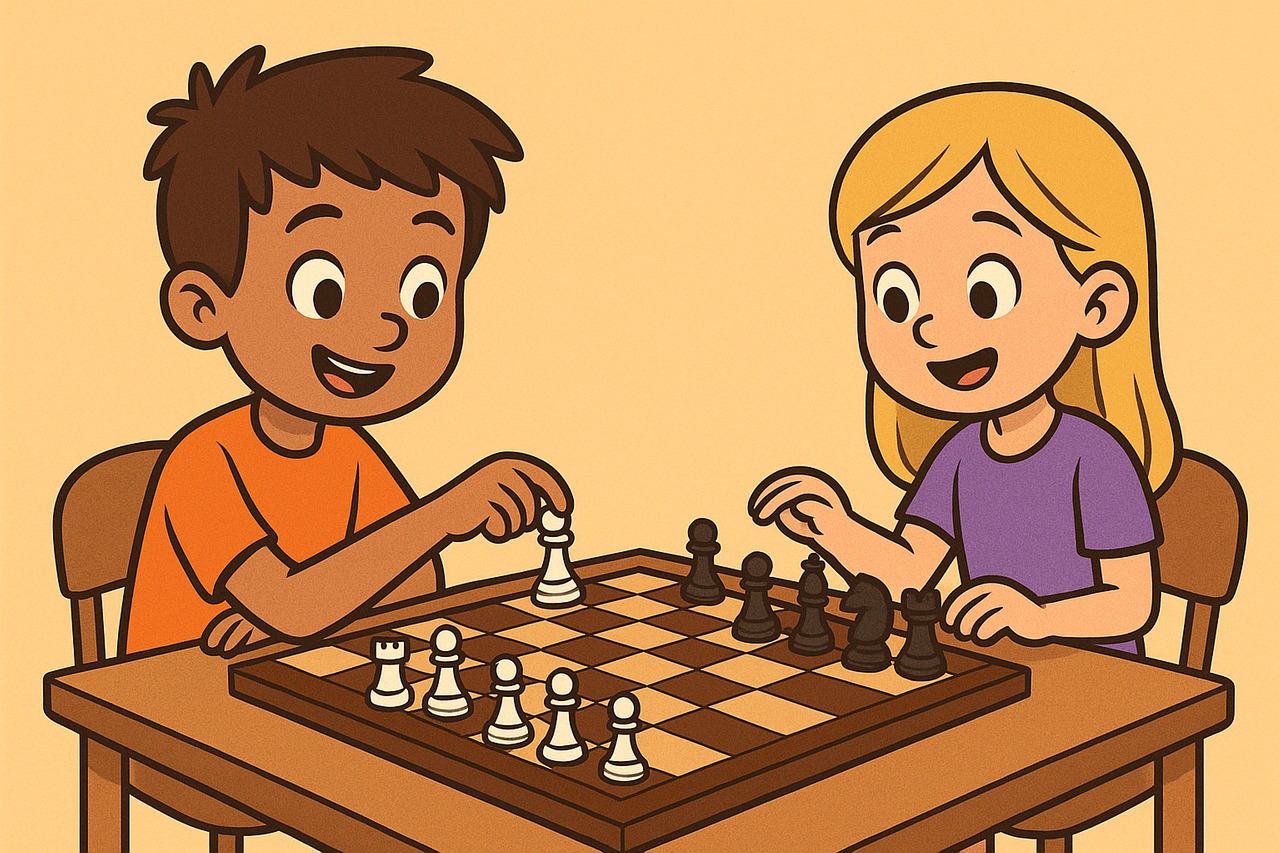
Reviving the Classics: A Deep Dive into the Resurgence of Retro Gaming
In recent years, the gaming industry has witnessed a remarkable resurgence of interest in retro gaming. This phenomenon, characterized by a renewed enthusiasm for classic games and consoles, has not only captivated long-time gamers but has also attracted a new generation eager to explore the roots of modern gaming. In this comprehensive exploration, we delve into the factors driving this revival, the impact on the gaming community, and what the future holds for retro gaming.
The Nostalgia Factor: Why Retro Gaming Appeals to Many
At the heart of the retro gaming resurgence is nostalgia. For many gamers, classic games evoke cherished memories of childhood and simpler times. The psychology of nostalgia explains that revisiting familiar experiences can provide comfort and a sense of continuity in an ever-changing world.
This emotional connection is a powerful motivator, prompting gamers to seek out the titles they played in their youth. This renewed interest is not limited to individuals who grew up during the golden age of gaming; younger players are also drawn to retro games out of curiosity and a desire to understand the evolution of the gaming landscape.
Technological Advances and Accessibility
Technological advancements have played a crucial role in making retro gaming more accessible than ever before. The advent of digital platforms and emulation software has enabled gamers to play classic titles on modern devices, often with enhanced graphics and improved performance. This ease of access has lowered the barrier to entry and allowed a broader audience to experience retro games.
Furthermore, the release of mini consoles like the NES Classic, SNES Classic, and Sega Genesis Mini has provided an authentic gaming experience by replicating the original hardware. These devices often come pre-loaded with a selection of popular titles, making it easy for both nostalgic gamers and newcomers to explore classic games without the need for original cartridges or consoles.

The Role of Indie Developers and the Retro Aesthetic
Indie developers have also contributed significantly to the resurgence of retro gaming. By embracing a retro aesthetic, these developers create games that pay homage to the pixelated graphics and chiptune soundtracks of the past. This style not only appeals to those nostalgic for older games but also introduces a unique artistic direction that stands out in the modern gaming market.
Games like “Shovel Knight” and “Stardew Valley” have successfully captured the essence of classic titles while incorporating modern gameplay mechanics. These indie successes demonstrate that there is a thriving market for games that blend nostalgia with innovation, encouraging more developers to explore this creative avenue.
Retro Gaming Communities and Social Connection
The resurgence of retro gaming has fostered vibrant online communities where enthusiasts can connect, share experiences, and exchange knowledge. Forums, social media groups, and dedicated websites serve as gathering places for fans to discuss everything from game tips and tricks to hardware restoration and preservation.
These communities not only provide a sense of belonging but also contribute to the longevity of retro gaming by preserving knowledge and fostering a culture of sharing. As a result, both seasoned veterans and newcomers can find support and camaraderie within these spaces, further fueling the growth of the retro gaming movement.
The Economic Impact of Retro Gaming
The economic impact of the retro gaming resurgence is significant. The demand for classic games and consoles has led to a thriving secondary market, with collectors and enthusiasts willing to pay premium prices for rare titles and hardware. Auction sites and specialty stores have become hotspots for acquiring vintage gaming memorabilia, contributing to a robust economy centered around retro gaming.

Moreover, the success of re-released classic titles and mini consoles has demonstrated a lucrative opportunity for companies to capitalize on nostalgia. By tapping into their back catalogs, game publishers can generate revenue from both digital re-releases and physical merchandise, further cementing the viability of retro gaming as a business model.
The Future of Retro Gaming
As the interest in retro gaming continues to grow, the future looks promising for both enthusiasts and the industry. Advances in technology will likely continue to enhance the accessibility and quality of classic games, ensuring that they remain relevant in a rapidly evolving digital landscape. Additionally, the ongoing support from indie developers will likely result in a steady stream of new titles that capture the spirit of retro gaming while pushing creative boundaries.
The cultural significance of retro gaming cannot be overstated. By preserving and celebrating the history of gaming, the retro gaming movement serves as a reminder of how the industry has evolved and the foundational role that classic games have played. As long as there is an appreciation for the past and a desire to explore the origins of gaming, retro gaming will continue to thrive.
Takeaways
The resurgence of retro gaming is a testament to the enduring appeal of classic titles and the powerful role that nostalgia plays in our lives. Thanks to technological advancements, the dedication of indie developers, and the vibrant communities that support retro gaming, the classics are being revived and celebrated by a diverse and growing audience. As the industry continues to evolve, retro gaming will remain an integral part of the gaming landscape, offering both a nostalgic journey and a foundation for future innovation.

For those interested in exploring the rich history of gaming, retro gaming offers a unique opportunity to experience the origins of the industry and appreciate the timeless quality of classic titles. By embracing the past, we can better understand the present and look forward to the future of gaming with a renewed sense of wonder and excitement.
The Influence of Streaming and Content Creation
Another driving force behind the retro gaming renaissance is the rise of streaming platforms and content creation. Platforms like Twitch and YouTube have become popular venues for gamers to broadcast their experiences playing classic games, offering both entertainment and educational content. Streamers and content creators often provide commentary, share personal anecdotes, and offer gameplay tips, making retro gaming more engaging and accessible to a wider audience.
The interactive nature of streaming allows viewers to participate in real-time discussions, ask questions, and even influence gameplay decisions. This level of engagement creates a communal experience that enhances the enjoyment of retro gaming and encourages more people to explore classic titles. Additionally, content creators often highlight lesser-known games, bringing attention to hidden gems from the past and expanding the horizons of retro gaming enthusiasts.
Preservation Efforts and the Role of Museums
As the interest in retro gaming grows, so does the importance of preserving these cultural artifacts for future generations. Various initiatives and organizations are dedicated to the conservation of classic games, consoles, and related materials. These preservation efforts ensure that the history of gaming is documented and accessible for both educational and recreational purposes.
Video game museums, such as the Strong National Museum of Play, play a crucial role in these efforts by curating extensive collections of gaming memorabilia and providing interactive exhibits that showcase the evolution of the industry. By preserving the physical and digital artifacts of gaming history, museums and similar institutions offer valuable insights into the cultural significance of video games and their impact on society.

Challenges Facing the Retro Gaming Community
Despite the many positive aspects of the retro gaming revival, the community faces several challenges. One major issue is the legality of emulation and the preservation of older titles. While emulation allows players to experience classic games on modern devices, the legality of downloading and distributing game ROMs is a contentious topic. Game preservationists and legal experts continue to debate the best ways to balance the need for preservation with intellectual property rights.
Additionally, the scarcity of original hardware and the increasing prices of vintage games and consoles pose challenges for collectors and enthusiasts. As demand continues to rise, so do the costs associated with acquiring authentic retro gaming equipment. This economic barrier can be discouraging for new entrants to the retro gaming community, potentially limiting access to these cherished experiences.
The Social Impact of Retro Gaming
Retro gaming is not just a hobby; it is a cultural movement that fosters social interaction and community building. Events such as gaming conventions and tournaments often feature retro gaming competitions, bringing together fans from around the world to celebrate their shared passion. These gatherings create opportunities for gamers to connect, share their experiences, and form lasting friendships.
The social impact of retro gaming extends beyond in-person events. Online communities, forums, and social media groups provide platforms for discussion and collaboration, enabling enthusiasts to share their knowledge and enthusiasm with others. This sense of community not only enriches the gaming experience but also helps to sustain the retro gaming movement by encouraging active participation and engagement.
The Educational Value of Retro Gaming

Retro gaming also holds significant educational value. Studying classic games provides insights into the technological and creative advancements that have shaped the industry. By analyzing game design, narrative structure, and mechanics, students and aspiring developers can learn valuable lessons that inform their own work.
Educational institutions have begun to recognize the importance of video games in the broader context of culture and technology. Courses on game design and history often include examinations of retro games, allowing students to explore the foundational elements of the medium. Additionally, retro gaming provides a gateway for discussions on topics such as game preservation, the impact of technology on society, and the evolution of artistic expression.
Conclusion: Embracing the Past, Inspiring the Future
The resurgence of retro gaming is a multifaceted phenomenon that highlights the enduring appeal of classic titles and the powerful role they play in the gaming community. By embracing the nostalgia and charm of retro games, enthusiasts are not only preserving a vital part of gaming history but also inspiring future innovations and creative endeavors.
As technology continues to evolve and the gaming industry expands, the lessons learned from retro gaming will remain relevant and influential. By celebrating the past and fostering a culture of appreciation and preservation, the retro gaming movement ensures that these beloved classics will continue to inspire and entertain generations to come.
In conclusion, the revival of retro gaming is more than just a trend; it is a testament to the timeless quality of classic games and their ability to connect people across generations. As we continue to explore the rich history of gaming, we can look forward to a future where the past and present coexist harmoniously, offering endless possibilities for discovery and enjoyment.



